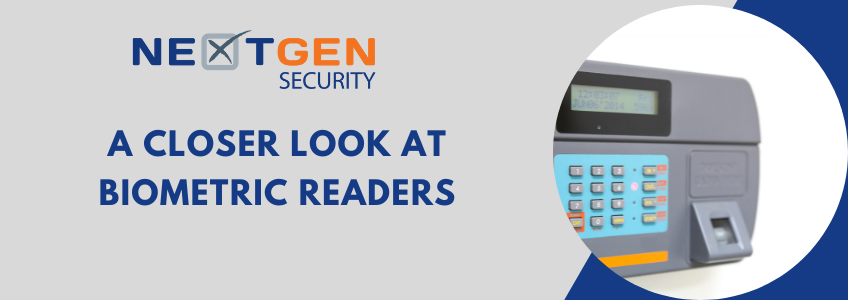Organizations of all kinds have long recognized access control as a pivotal part of their overall security strategy. The ability to manage and control who can – and cannot – access their facility is a top priority in protecting people and property. That has not changed. But, what has changed over recent years is the ever growing concern – and need – to protect personal information and ensure confidentiality. We live in a digital world now, and traditional keycards and access codes can’t pass muster the way they used to when it comes to their vulnerability in this Digital Age.
The authentication method that is quickly taking on traction in replacing legacy credentials is biometrics. Biometrics refer to a person’s physical or behavioral traits and are body measurements and calculations related to human characteristics. Frequently used biometric identifiers include facial recognition, iris recognition, and fingerprint and/or finger vein recognition. These characteristics are unique to just one person. Authorized users are simply enrolled into the access system’s data base and these, their unique identifiers, serve as their access credential when they pass by the biometric access readers. These readers determine if the fingerprint or other biometric attribute presented matches the registered template stored within the system. In addition to reducing the risk of any confidential information breaches, biometric readers also save companies time and resources of having to constantly update or replace user passwords and key cards.
Biometric authentication can substantially heighten security at any facility, including sensitive ones such as critical infrastructure and supply chain entities including shippers, carriers, insurers, service providers, law enforcement, and government agencies. Criminals simply can’t duplicate another person’s biometric characteristics. Additionally, the chances of a breach caused directly or indirectly by employees is also eliminated, because there are no physical cards or PINs to lose or give to someone else to use. Biometric entry is quick and easy, and enables a smooth and steady flow of foot traffic. And, biometric readers allow for touch or hands-free access to secure areas, doors, and turnstiles, eliminating friction and speeding up operations. For those enterprises who want the security of biometric access but prefer it be coupled with another layer of security, biometrics can absolutely be used as dual authentication technology when necessary for higher security.
And while the COVID-19 pandemic is hopefully going to be behind us all sooner than later, the benefits of touchless access were certainly seen during the darkest days of the pandemic. Biometric readers can allow for hands-free access to secure areas, doors, and turnstiles, and consequently help eliminate the spread of germs among users into the future.
While enterprises of all kinds surely want to implement the most sophisticated security solutions, they also have to be realistic in terms of what their budgets will allow. The good news is that installing biometric readers can actually deliver significant cost savings over the long term! This is especially true for organizations with large staffs and those with plans to expand in the future. The investment spans just the purchase and installation of the initial biometric readers and subsequent software upgrades, and the overhead costs of providing, maintaining and assigning key cards can be kissed good-bye.
Biometric security solutions are proving to be highly secure, cost-effective, and convenient. NextGen is skilled in integrating and installing biometric access control systems and is here to help educate you on and transition to this highly secure means of access control.

